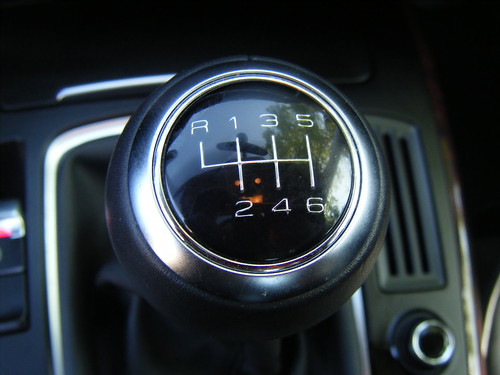If you’re like us, then you love speed. Not just any speed, but the feeling of driving on a breezy morning, your hair whipping back, the music blazing, hands shifting gears like a pro at Talladega Superspeedway. If you’ve imagined this scenario, then you understand the coolness of learning to drive “stick,” otherwise known as manual. In today’s blog, we’re showcasing some tips of how to navigate while driving manual.
Drive on Level Ground
Put on your seatbelt. While learning, it’s also good to roll down the windows to hear the engine to know when to shift gears accordingly.
Check out the Pedals
There are three. From left to right they are
- Clutch – disengages spinning engine from the wheels and allows you to switch gears. Before you switch gears, the clutch must be depressed.
- Brake
- Gas
- Make sure you push the clutch all the way in before shifting to the next gear
- Does your vehicle seem like it’s about to stall? PUSH the clutch again and wait for the engine to return to idle and repeat.
- If you’re having difficulty starting the car from a stop, make sure that you are slowly letting off the clutch. Pause at the friction point (the part where the engine starts to move the car and continue slowly pulling the clutch out.
- Learn to recognize the sounds of your engine; you should eventually be able to tell when to change gears without relying on the tachometer.
- Try to watch if you are on a hill or a steep area. You can roll back and hit the person or object behind you if you are not holding in the brake and clutch.
- Two other descriptions mean the same thing as "manual transmission"--"stick shift" and "standard."



